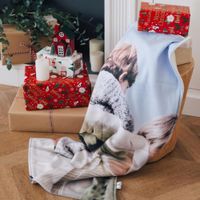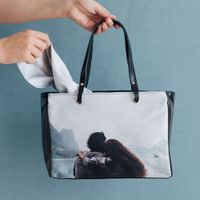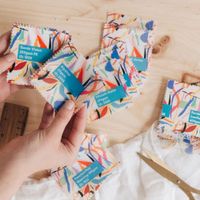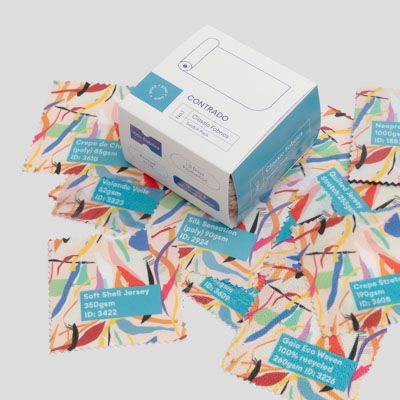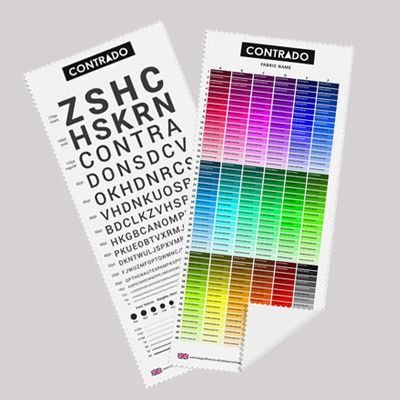Care instructions
Wash at 30°C, low tumble dry heat, hang to dry, do not wring, low heat iron.
Hemming options
Depending on how you plan to use your cotton print fabric, you can choose how you want the edges to be finished:
- As it comes. We roughly cut around your image, leaving a simple scissor cut (perhaps uneven white fabric border).
- Hem with thread. We can hem your fabric with a choice of black or white thread. Please allow 1-2 days additional production time. See below for information on how hemming affects the size of your print.
- Cut on the line. We neatly and precisely cut on the edge of your image.
If you choose to have your textile finished with a hem, please bear in mind these measurements and ensure you factor this into your dimensions.
- Light fabrics: we use 6-8mm in the hem (2 fold), so your width/height will be minus 12-16mm
- Medium fabrics that fray: we use 15-20mm in the hem (2 fold) so your width/height will be minus 35-40mm
- Stiff/heavy/no-fray fabrics: we use 15-20mm in the hem (1 fold) so width/height will be minus 35-40mm
How to Care for Your Cotton
On the whole we recommend a cold delicate wash for more gentle cleaning, or specialist dry cleaning. Hot washing at anything above 30°c could cause colour fading. As with all natural cottons there is a significant degree of shrinkage in the print process and in the use you may have for the material. Please accept 2-3 % shrinkage in the X and Y directions. To compensate, we suggest to allow a margin of shrinking in your design. Do this by adding more bleed area in your design. It is not an exact science and we cannot predict exactly how one lot of cotton prints will shrink to the next.
What Can I Make With My Cotton Print Fabric?
The opportunities are almost endless. Use the light Lima Cotton to make a pair of seasonal pyjamas. Due to the moisture wicking abilities, it can lock in heat as well as draw it away from the body, so bedtime will always be comfortable no matter what the weather. Or use the Cotton Twill, which is slightly thicker, to use for upholstery, scatter cushions or your craft projects.
